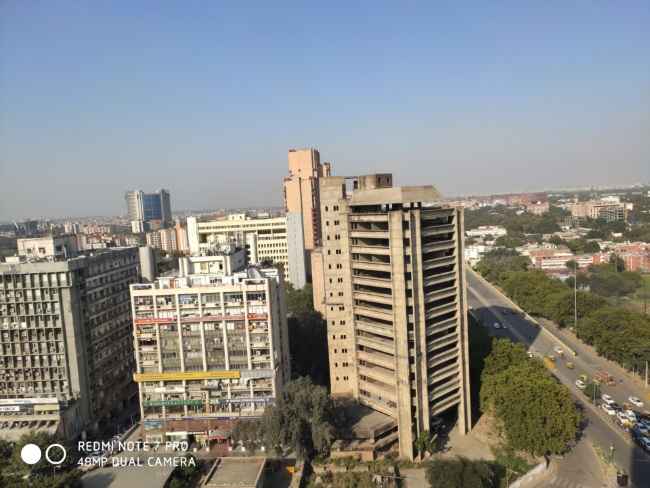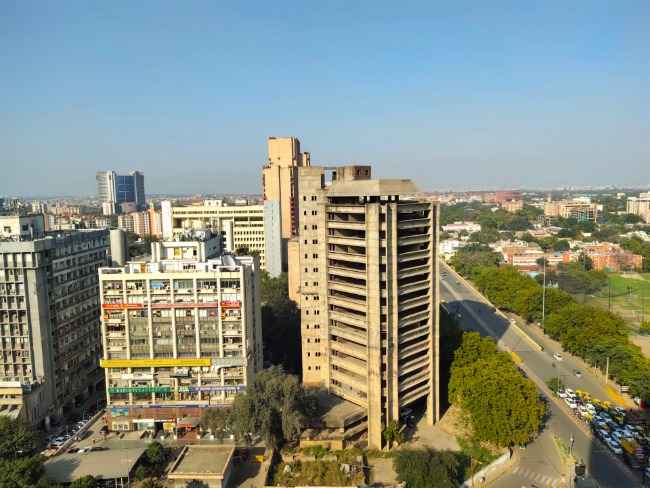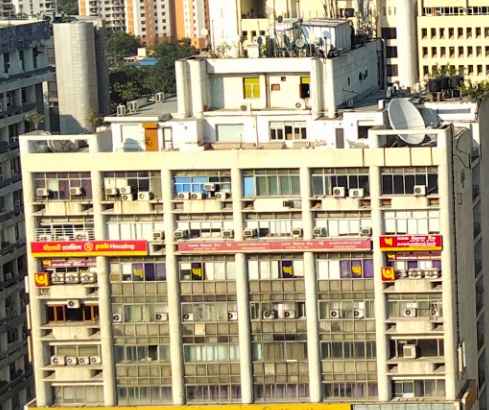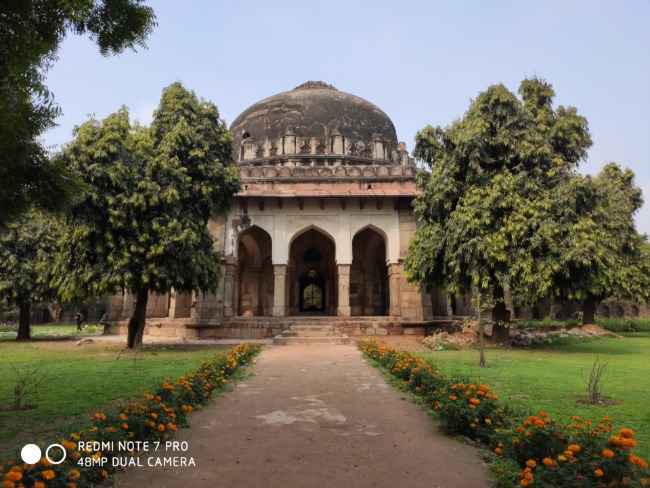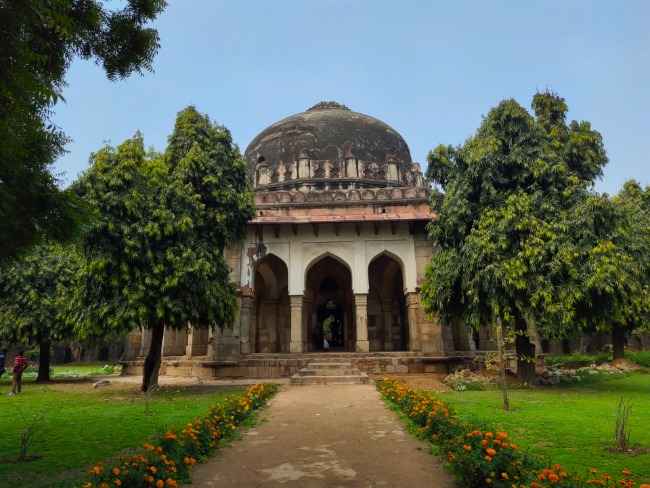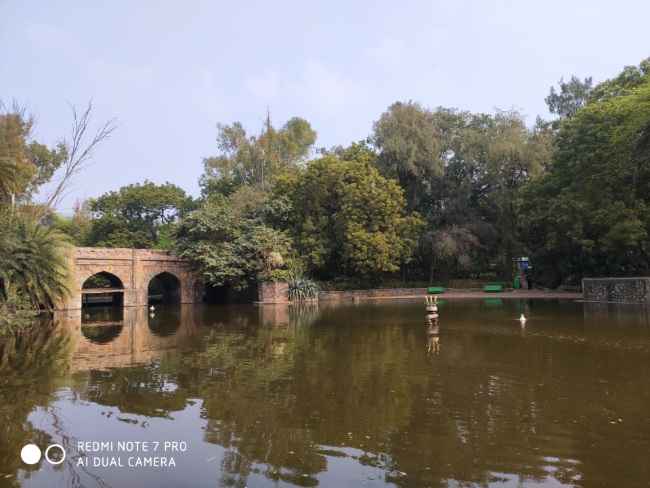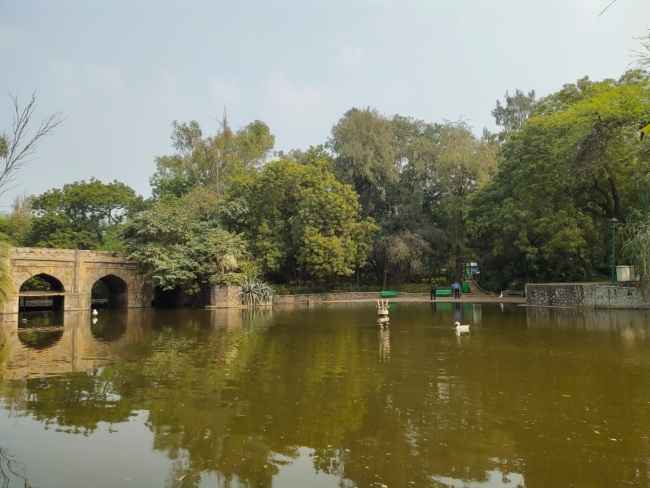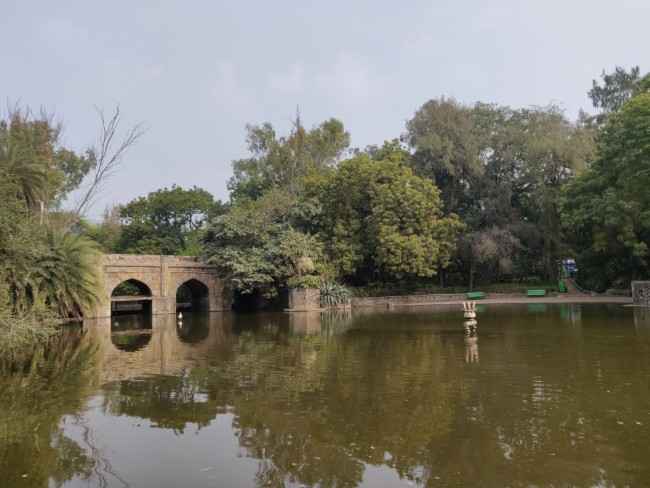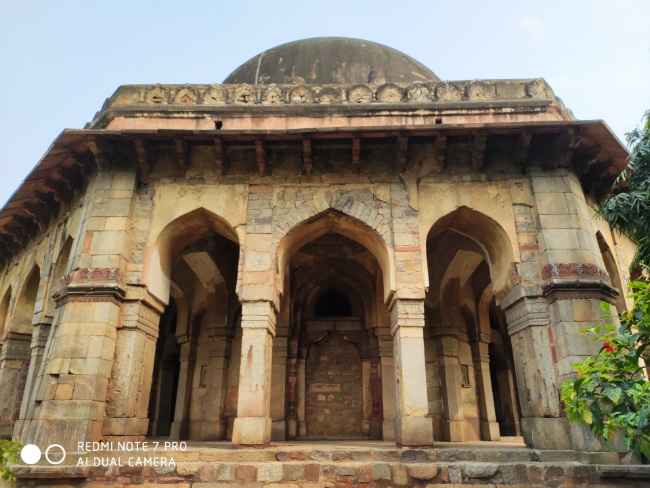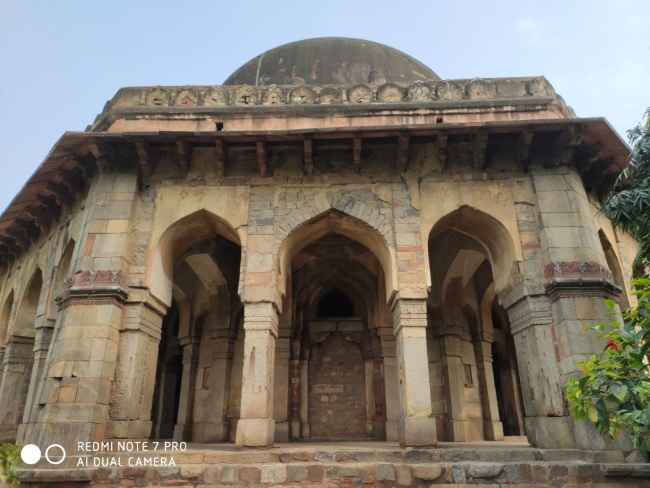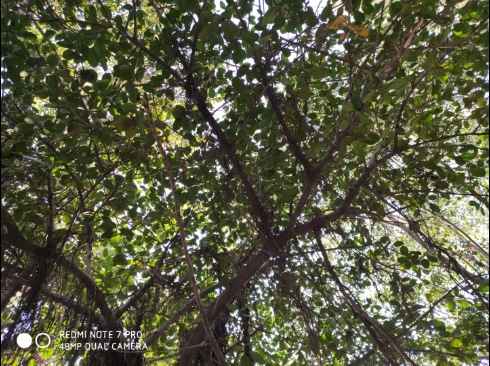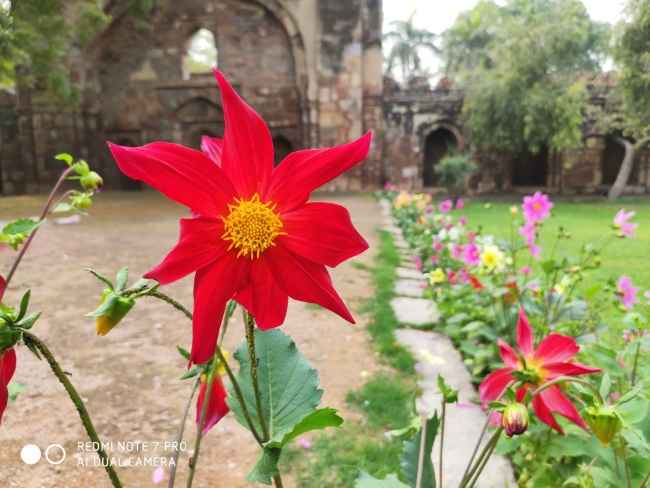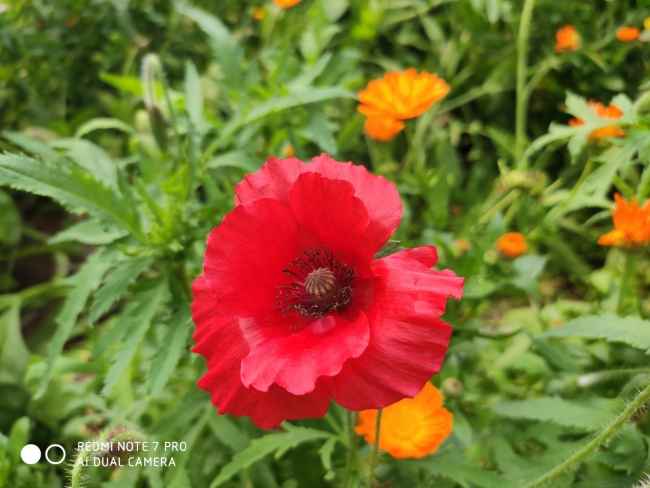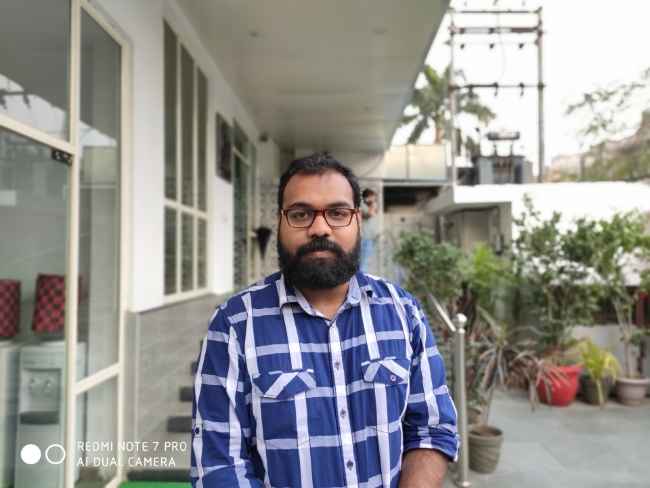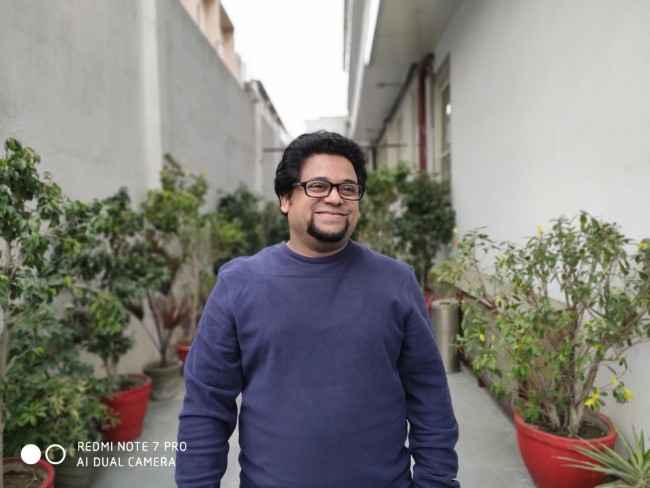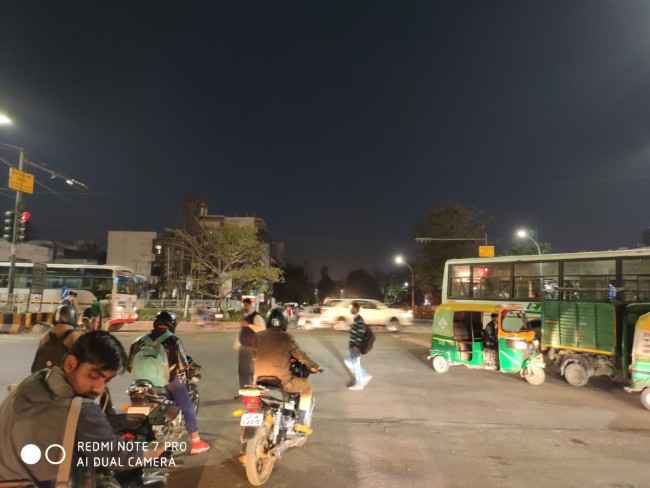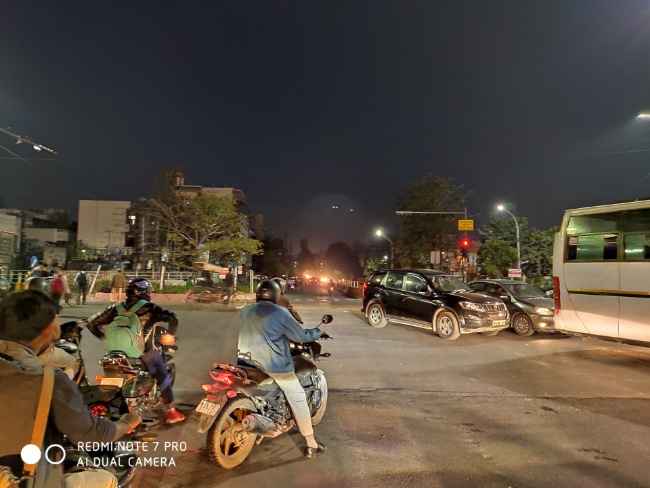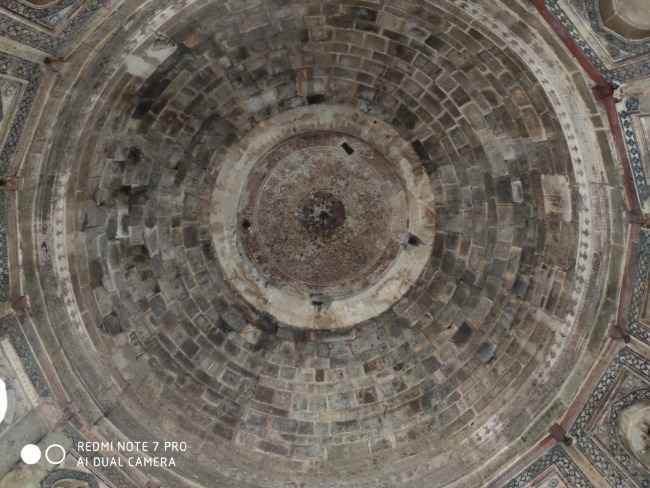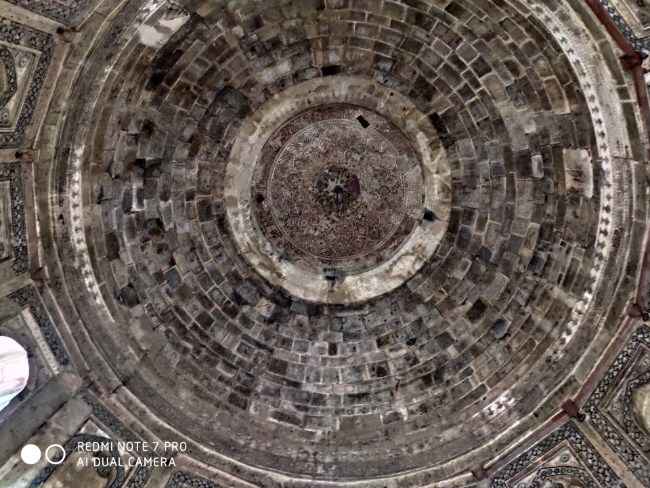Redmi Note 7 Pro camera tested: Initial impressions of the 48MP camera
The Redmi Note 7 Pro is one of the most exciting mid-range smartphones to land up in our test lab in a long time, and we wasted to no time to take it out for a spin.
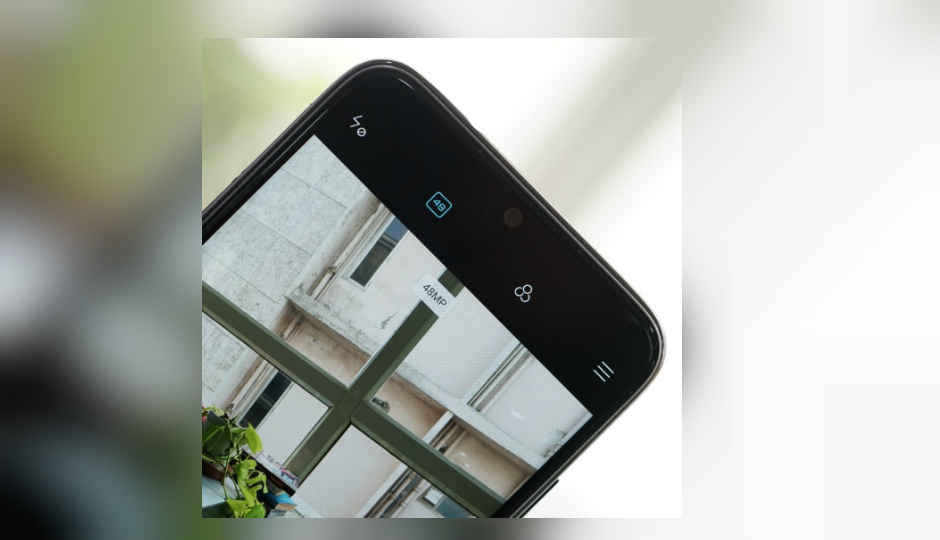
The Redmi Note 7 is one of the most exciting mid-range smartphones to launch in a long time. With everything that the smartphone offers, the Redmi Note 7 Pro has what it takes to disrupt the segment altogether. We’re not just talking about the design or the proclaimed superior build quality, and neither the performance offered by the Qualcomm Snapdragon 675. What we’re more interested in is the phone’s camera. The Redmi Note 7 Pro has a dual-camera setup, like most other mid-rangers these days. But the primary sensor on it can output in a whopping 48-megapixel resolution. I mean, what gives? The Redmi Note 7 Pro sports the flagship Sony IMX586 which has a total resolution of 48-megapixels. It is combined with a regular 5MP depth sensor, and together the Redmi Note 7 Pro can take some fantastic shots. We took the camera out for a spin shooting in and around the city to get an idea as to just how good the camera is, and frankly, we are left pleasantly surprised but not without a few caveats.
 Survey
SurveyWhile this isn’t a full-fledged camera comparison, we also took comparative shots with the OnePlus 6T and the Vivo V15 Pro in certain cases, to see where the Redmi Note 7 Pro’s 48MP camera fits in. The OnePlus 6T offers a 16+20MP dual-camera setup while the Vivo V15 Pro has a triple-camera setup with the primary sensor being a Samsung GM-1 sensor, the only other 48MP camera sensor out in the market right now. The sensors on both the Vivo V15 Pro and the Xiaomi Redmi Note 7 Pro are 1/2-inch in size which should account for more details and dynamic range in the photos. This is how they fared.
The images in this article are downsized to make the article web-friendly. You can browse through the full-res images (in all their 48MP glory!) in the Flickr gallery linked here.
48MP camera in action
Shot using Redmi Note 7 Pro (In 48MP)
100 percent cropped
Despite being a 48MP sensor, the only way you can take full advantage of 48 million pixels is through the pro-mode. By default, the Redmi Note 7 Pro takes 12MP photos, which is achieved by binning four pixels into one to create one large superpixel. This effectively can hold more light data resulting in better photos. We did take a few 48MP shots to see how much details can be recovered when zooming in. You can see the result in the cropped photo below. The text is barely visible.
We also took the same photo with the Vivo V15 Pro’s camera in 48MP resolution. The results, as you can see below in the samples, have even lesser details.
Shot using Vivo V15 Pro (In 48MP)
100 percent cropped
We also took a few more shots in 48MP from both the phones, and in both cases, the Redmi Note 7 Pro seems to retain much more details and sharpness when zoomed in.
Shot using Redmi Note 7 Pro (In 48MP)
Shot using Vivo V15 Pro (In 48MP)
Furthermore, we took a well-lit landscape shot from both the phones of Sikandar Lodi’s tomb in Lodi Garden in Delhi and the sharpness left us amazed. In this case, both phones performed almost equally well.
Standard 12MP output
Shot using Redmi Note 7 Pro
Shot using Vivo V15 Pro
Shot using OnePlus 6T
While 48MP did bring out a whole lot of details, the 12MP photos were also quite good. The Redmi Note 7 Pro’s sample in this case offers more dynamic range with the textures of the viaduct much richer than the rest. Vivo’s output looks a tad too warm while the OnePlus 6T’s shot lacks the details the Redmi Note 7 Pro can produce.
AI Mode
Shot using Redmi Note 7 Pro (AI Mode on)
Shot using Redmi Note 7 Pro (AI Mode off)
The Redmi Note 7 Pro relies on the Snapdragon 675’s AI Engine to offer AI optimisations in the camera. What does it mean? For one, the Redmi Note 7 Pro can recognise what you’re shooting. In this case, it was quick to recognise I was shooting a historic architecture, and applied the extra contrast you can see in the sample below. While I wouldn’t go as far as say the colours look more natural, it does make it look a lot more dramatic.
HDR
Shot using Redmi Note 7 Pro (HDR on)
Shot using Redmi Note 7 Pro (HDR on)
Thanks to the Sony IMX586 48MP sensor, Xiaomi claimed the Redmi Note 7 Pro’s photos have dynamic range that’s four stops higher. While we will definitely put that to test in our testlabs, the initial samples does show a lot of promise. The leaves in the first sample have a lot of colours retained despite having a bright sky as the background. Similarly, the building set against the sky is quite sharp with the shadows offering a lot of detail.
Closeups
Shot using Redmi Note 7 Pro
Shot using Redmi Note 7 Pro
Even close-up shots manage to hold a lot more detail than usual. The Redmi Note 7 Pro uses a half-inch sensor to capture photos and as a result, the details are quite stunning. You can zoom in to the full-res photos and see every bit of the petal appearing sharp.
Portraits
Shot using Redmi Note 7 Pro
Shot using Redmi Note 7 Pro
Xiaomi phones are no stranger to portrait photos and the Redmi Note 7 Pro also didn’t fail to impress. The initial few portrait photos that we took came out really nice, particularly the skin colours. While the portrait modes tend to boost skin tones resulting in a smoothened, saturatred output, the Redmi Note 7 Pro’s results were surprisingly sober. The subject separation wasn’t perfect, but unless you pixel peep, it’s barely noticeable.
Selfies
Shot using Redmi Note 7 Pro
Selfies, especially in portrait mode look quite artificial. The sample below looks horribly artificial, something that seems to have been done on Photoshop. The phone also couldn’t counter the shake of the moving car, and the photo as a result looks shaky. The background blur also looks oddly artificial with the highlights blown out to get a false sense of depth-of-field.
Low-light
Shot using Redmi Note 7 Pro (Night Mode off)
Shot using Redmi Note 7 Pro (Night Mode on)
The Redmi Note 7 Pro comes with a dedicated night mode that takes 7 photos in succession to create one well-lit low-light shot. We have seen this feature in action in the OnePlus 6T as well, but the Redmi Note 7 Pro seems to do it a bit better. There’s ample light in the photo, despite being night. Furthermore, the one taken with the Night Mode on is a lot sharper than the one taking with the Night Mode off. However, the photo still manages to have a lot more noise than we’d like.
Shot using Redmi Note 7 Pro (Night Mode on)
In the second sample, the night mode when used to capture a poorly-lit dome of a Mughal-era tomb, it managed to create textures that wasn’t there in the first place, indicating that the feature might not be of good use in every situation.
Closing thoughts
The Xiaomi Redmi Note 7 Pro is shaping up to be one of the best mid-range phone cameras we have seen so far. Most of the heavylifting is done by the half-inch 48MP Sony sensor but Xiaomi's AI algorithms also add to the quality. The phone is especially adept at creating large-format photos, however, even the standard 12MP outputs have higher quality than other standard sensors. Close-up shots also gain from the larger sensor size and the new night mode helps capture more light, but also bringing more noise with it. Xiaomi phones are also no stranger to portrait photos and selfies, and not much has changed in the Redmi Note 7 Pro in that department, and we don't mean that in a bad way.
This article was just an early glimpse into the Redmi Ntoe 7 Pro's camera performance. We are presently testing and evaluating the camera against similarly-priced peers as well some high-end flagships for a full-fledged shootout in the coming weeks. Stay tuned!
